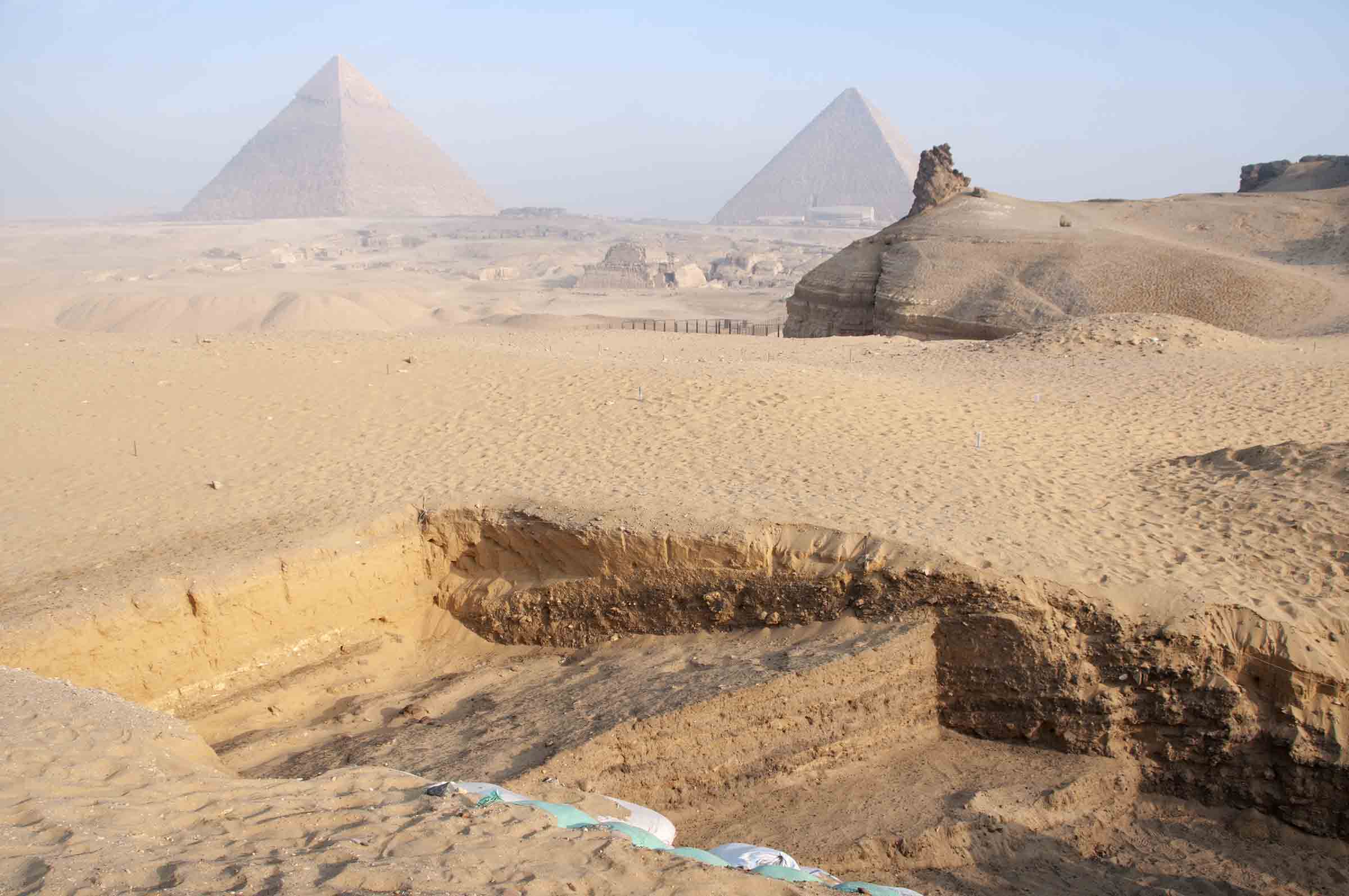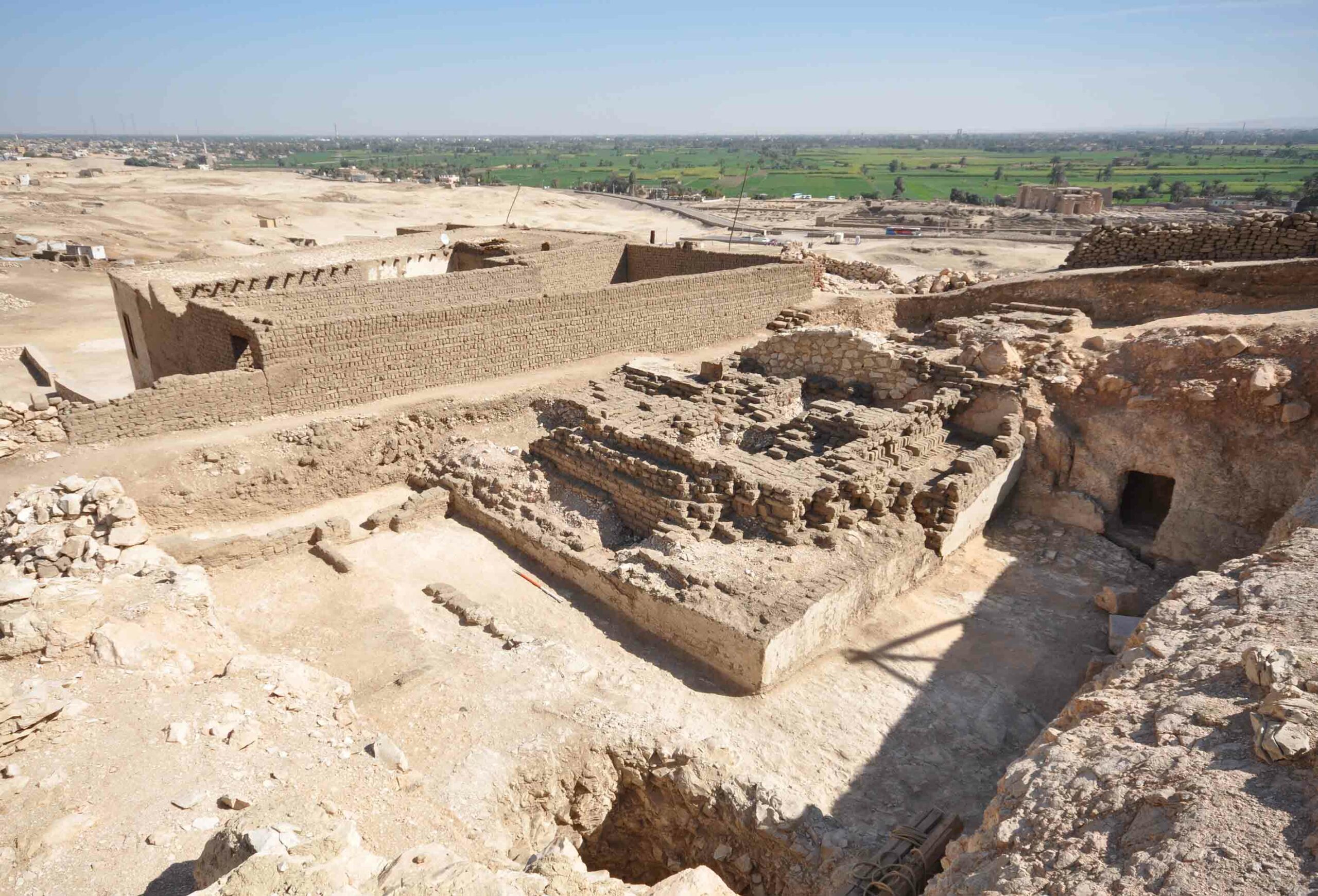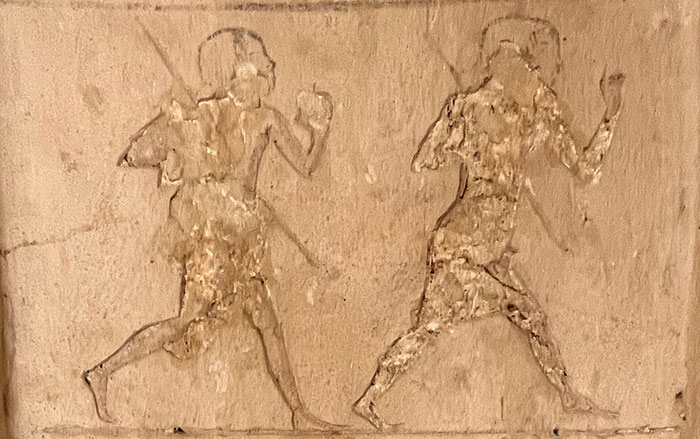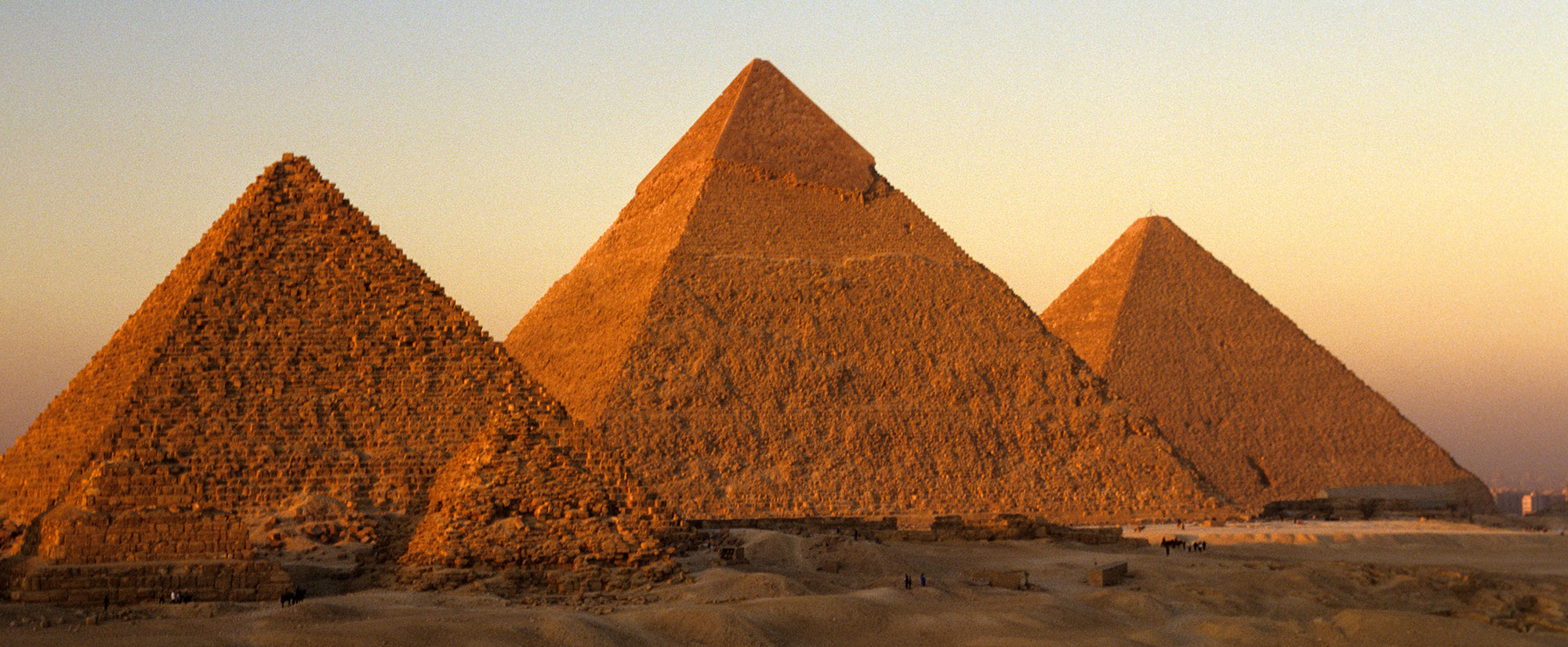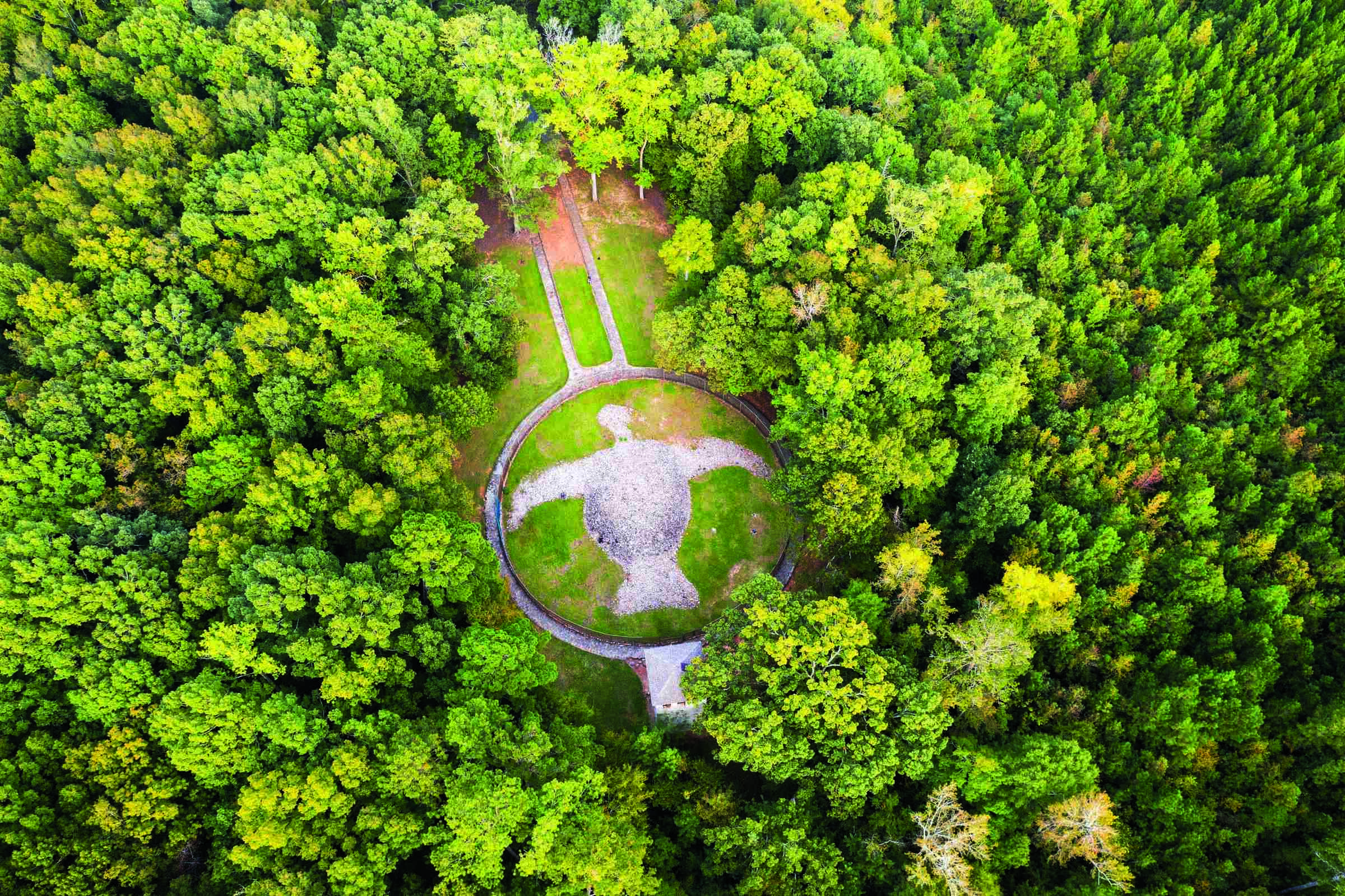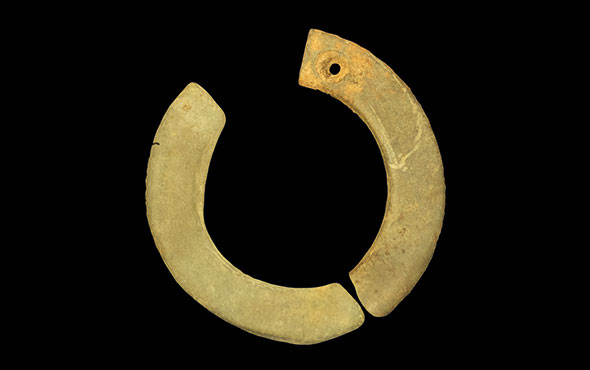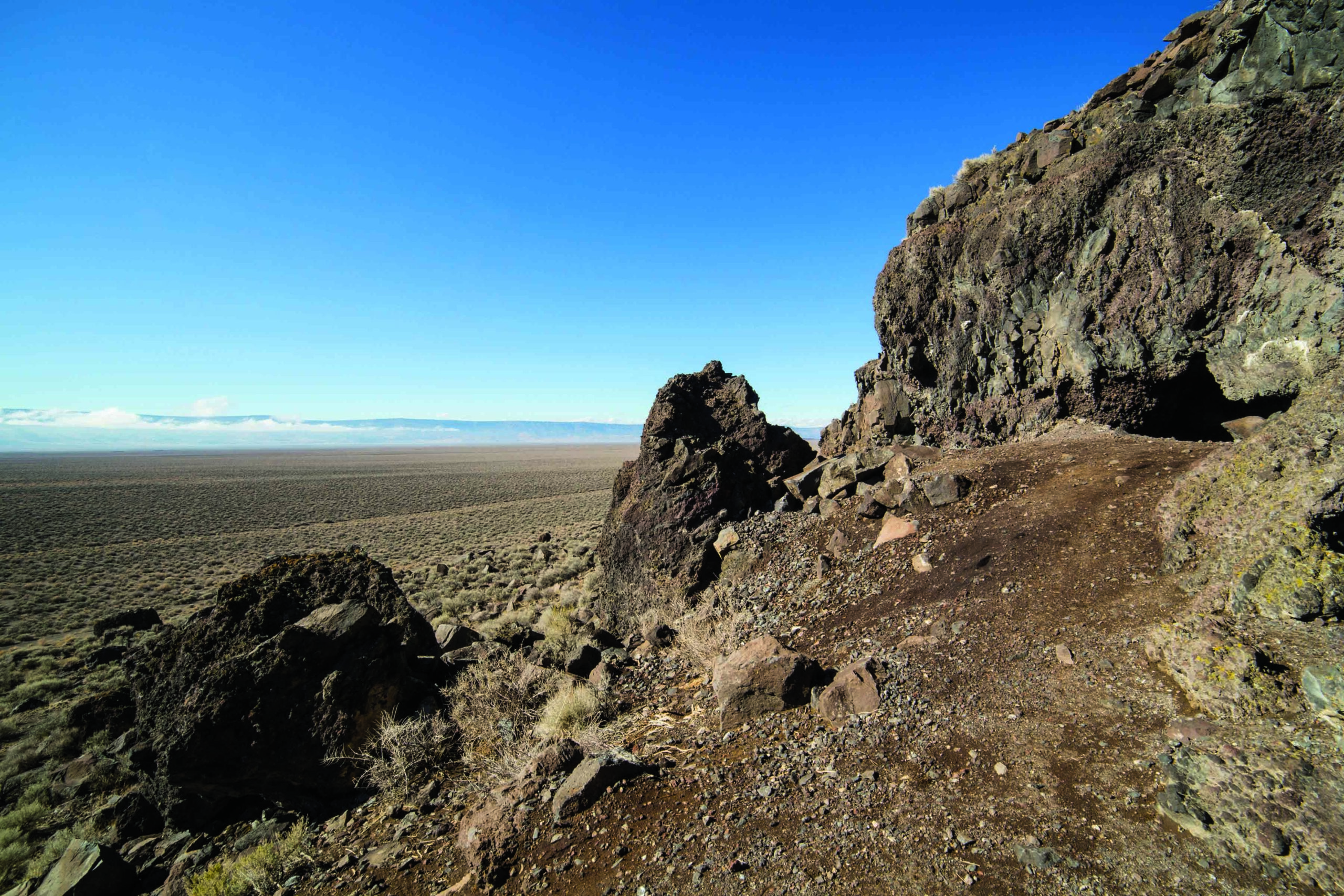
CAIRO, EGYPT—According to a New York Times report, a new study of fossilized pollen recovered from sediment cores indicates that the Khufu branch of the Nile River once flowed closer to the Giza plateau than previously thought. A team of scientists from France, China, and Egypt combined their analysis of the pollen grains with prior studies of the rock layers around the pyramids at Giza to reconstruct the flow of the river’s Khufu branch over the past 8,000 years. Although most of the pollen belonged to flowering grasses, they also found pollen from marsh plants that typically grow along the edges of established lakes. Water levels were therefore probably high enough some 4,000 years ago to facilitate the transport of stone for the construction of the pyramids of Menkaure, Khafre, and Khufu. Shortly after the reign of Tutankhamun (1336–1327 B.C.), the level of water in the Khufu branch began to drop and the area became much more arid, the researchers concluded. To read about the skilled workers who transported materials used to build the Great Pyramid, go to "Journeys of the Pyramid Builders."


